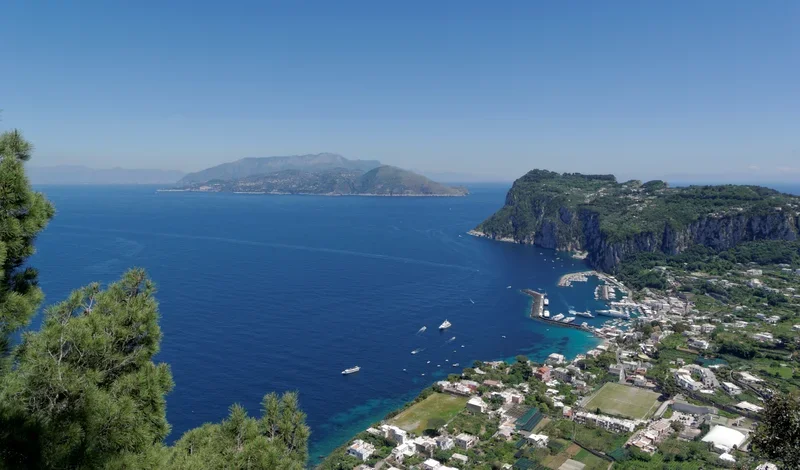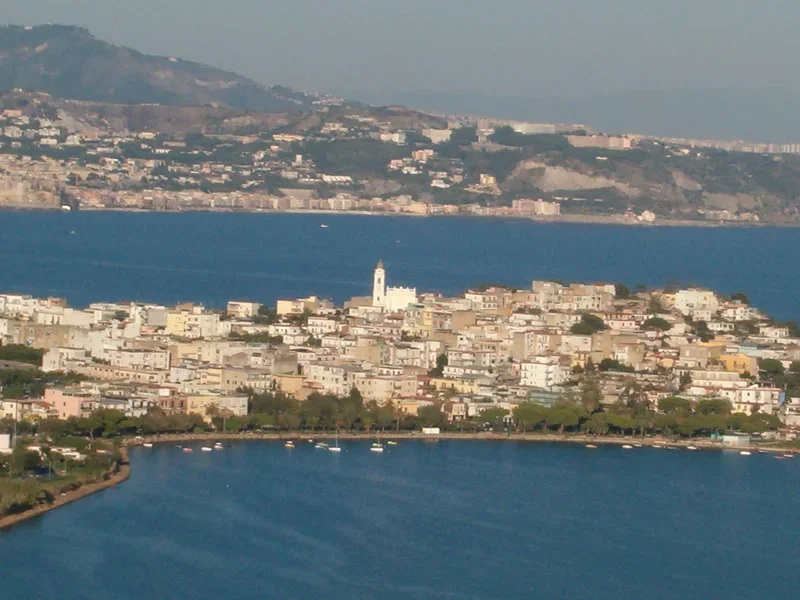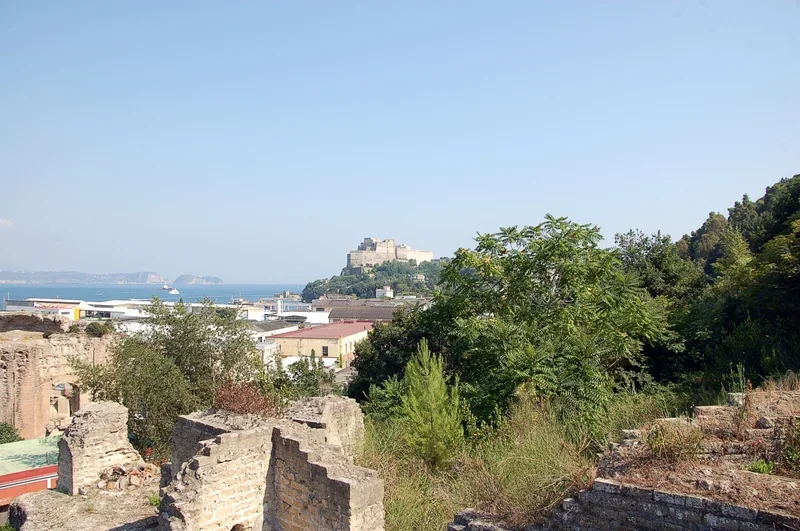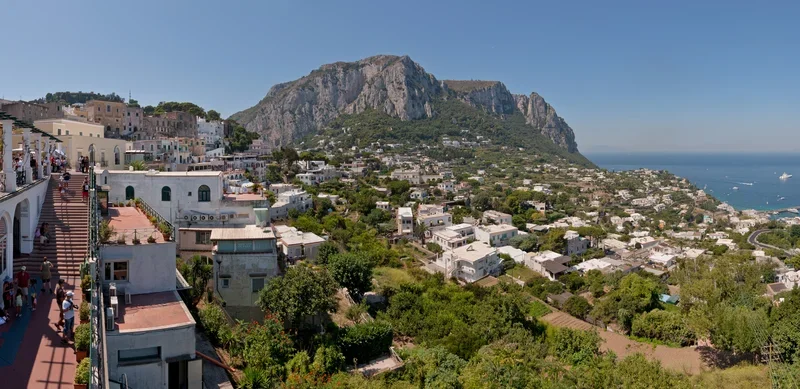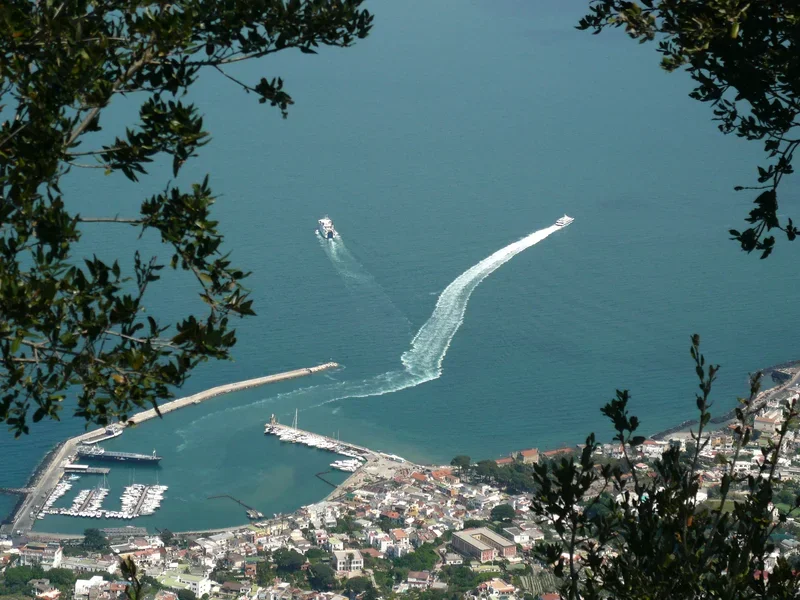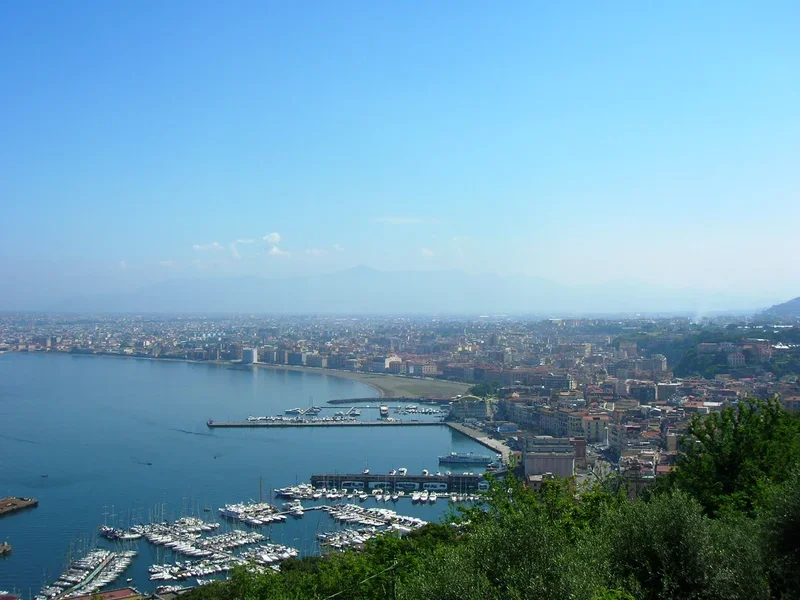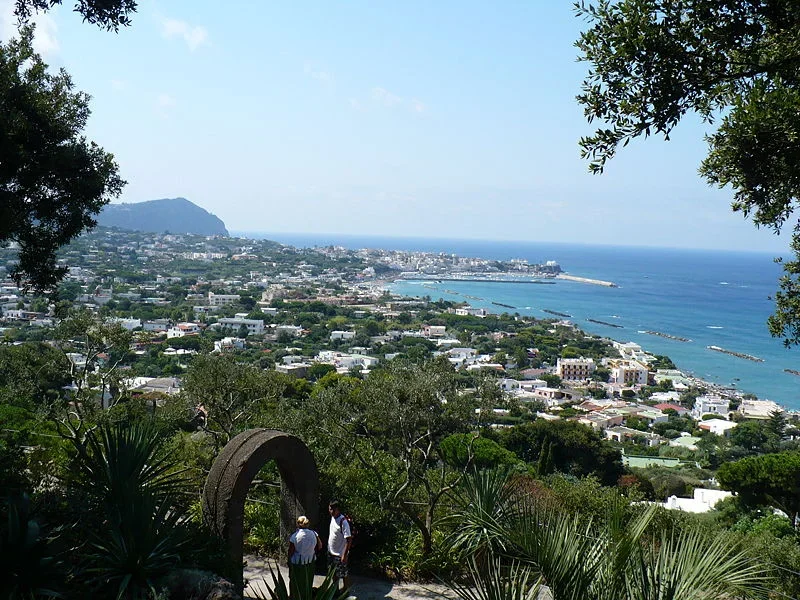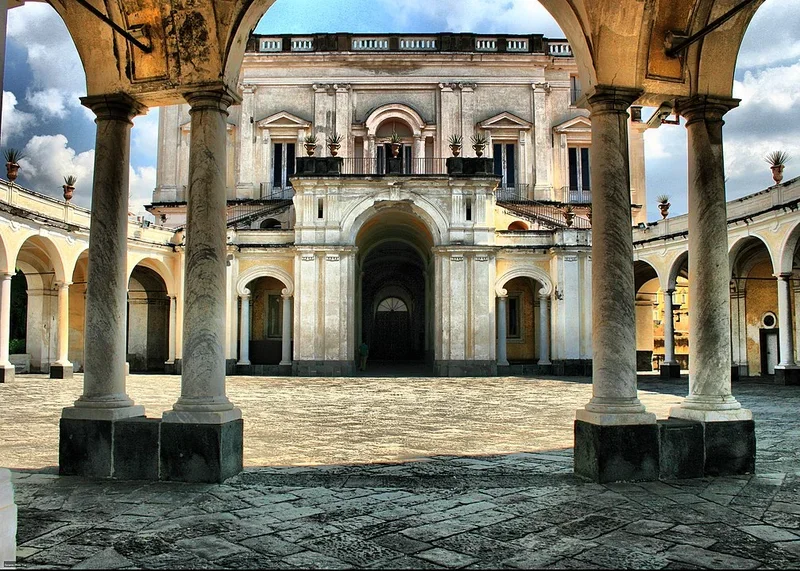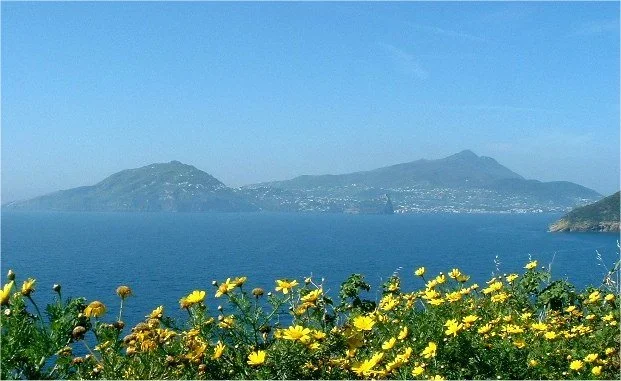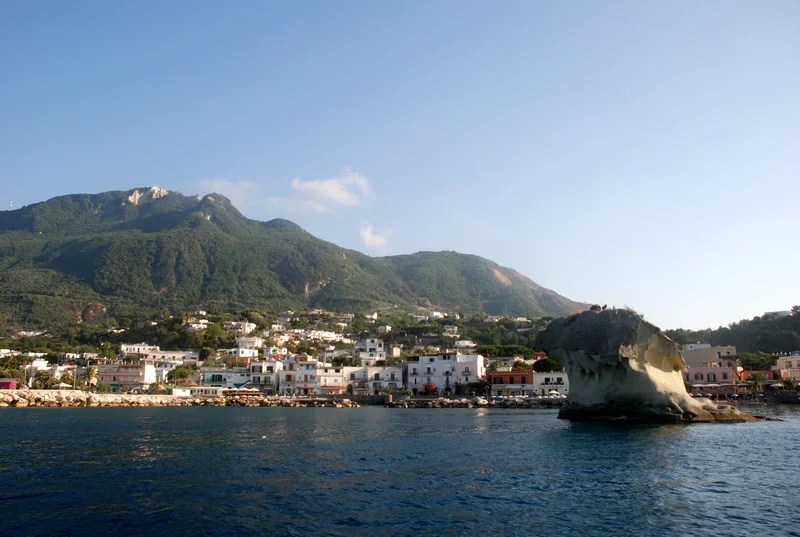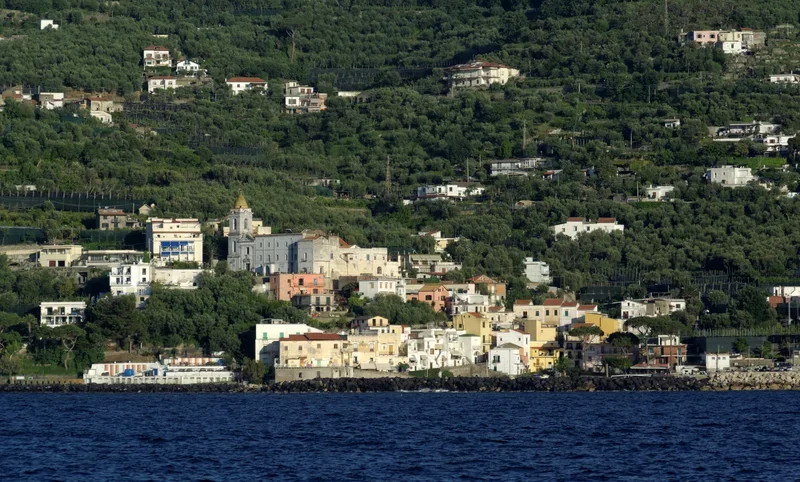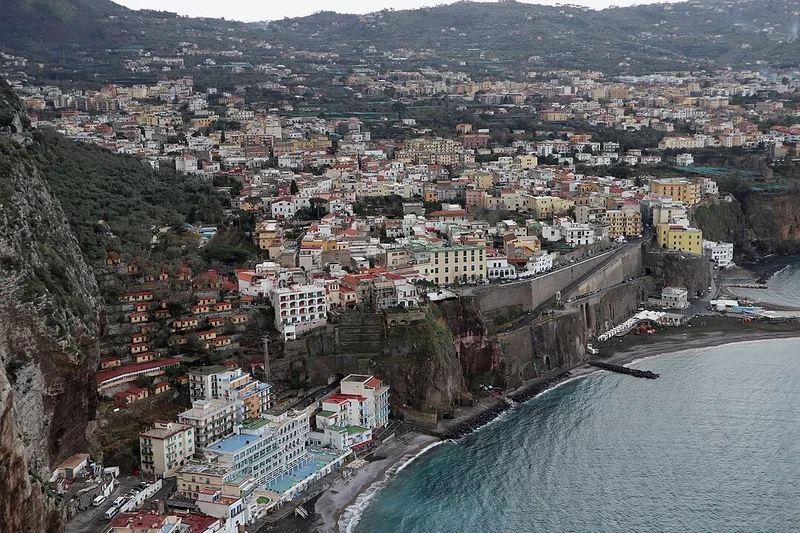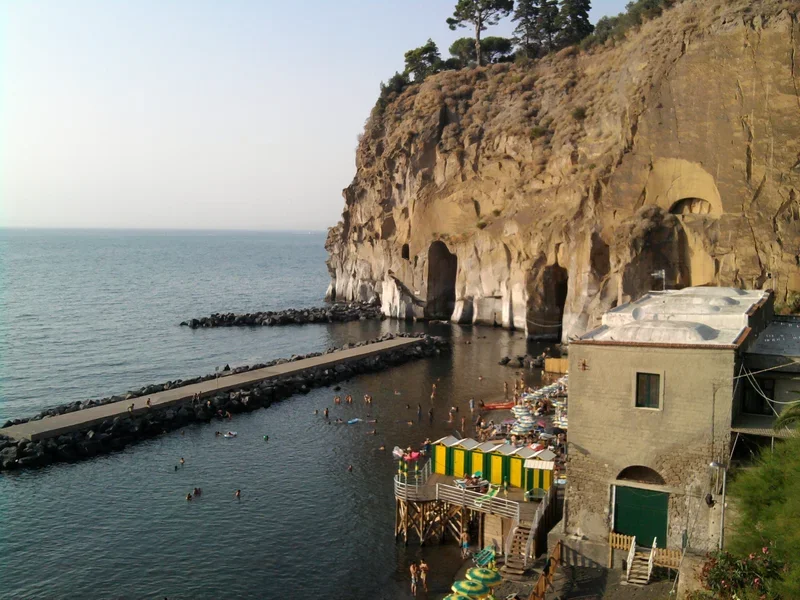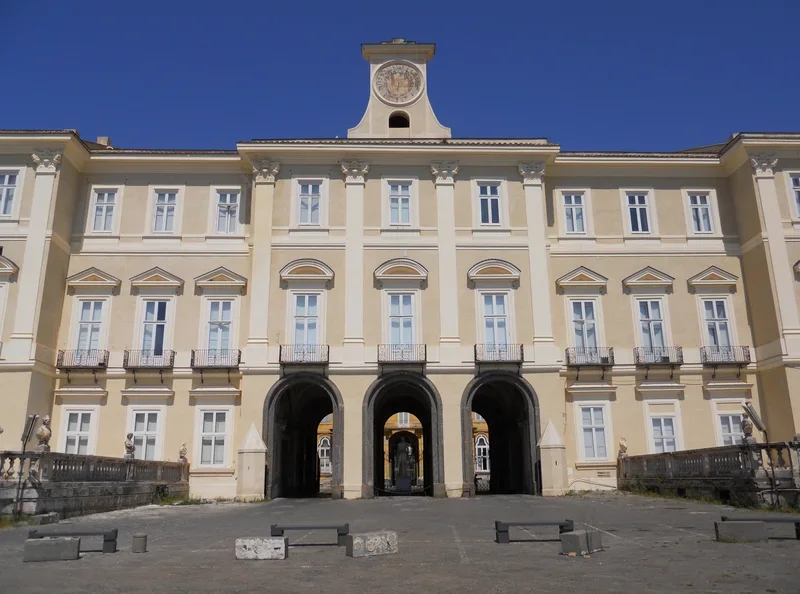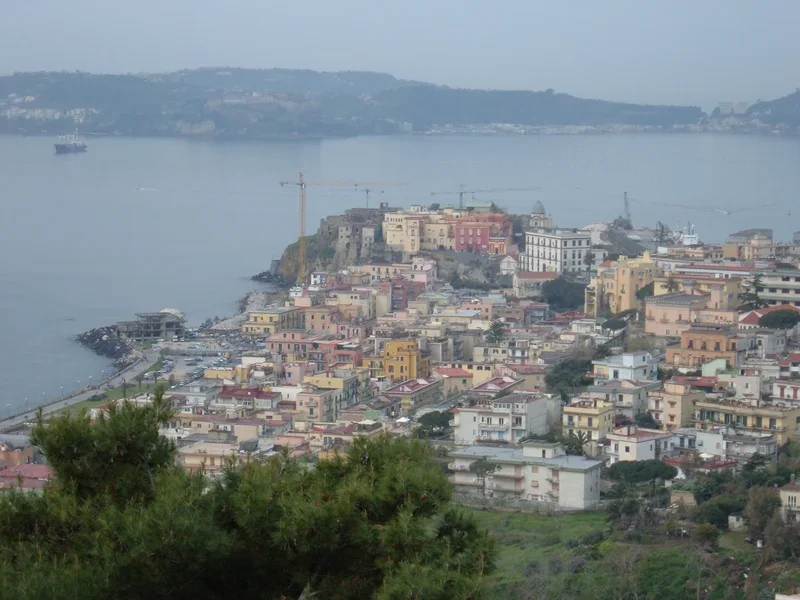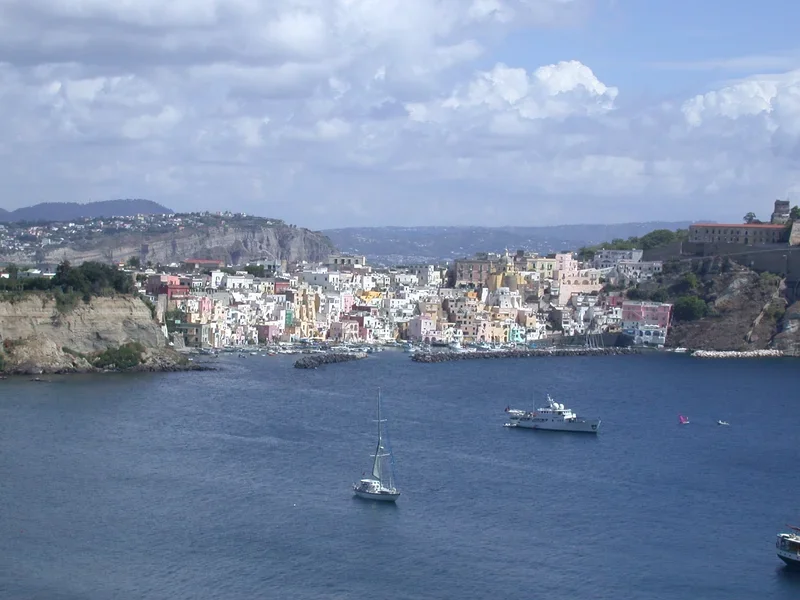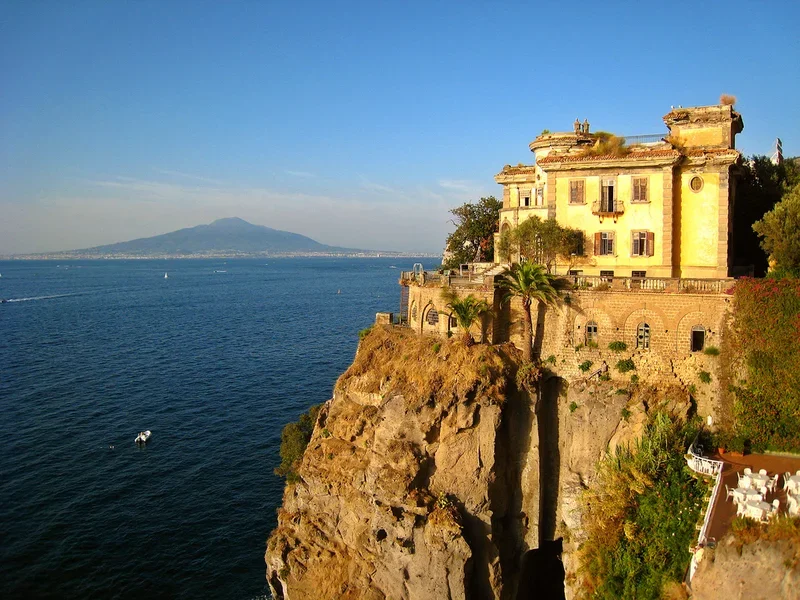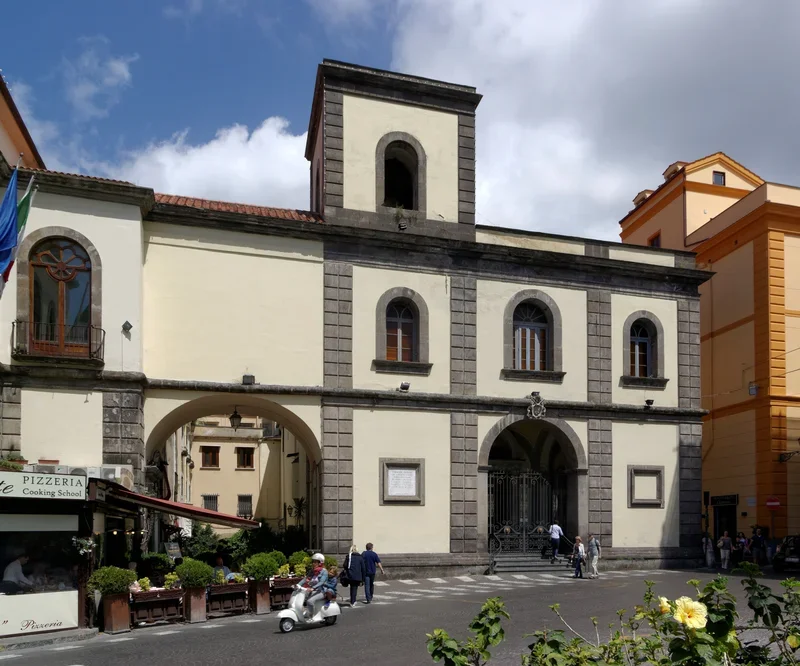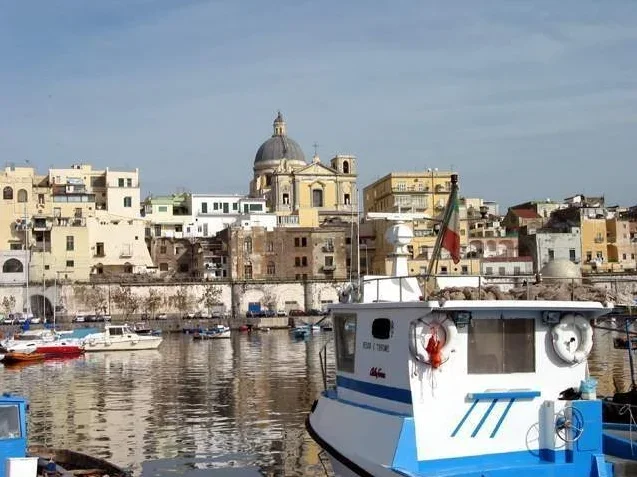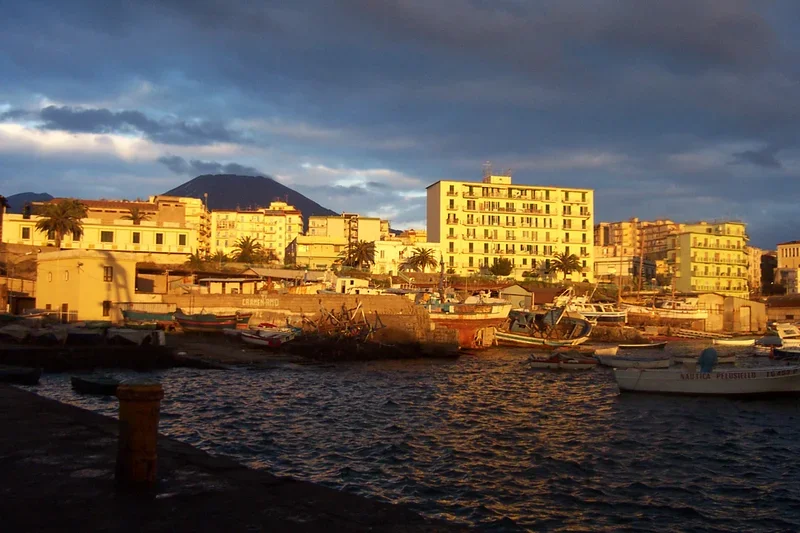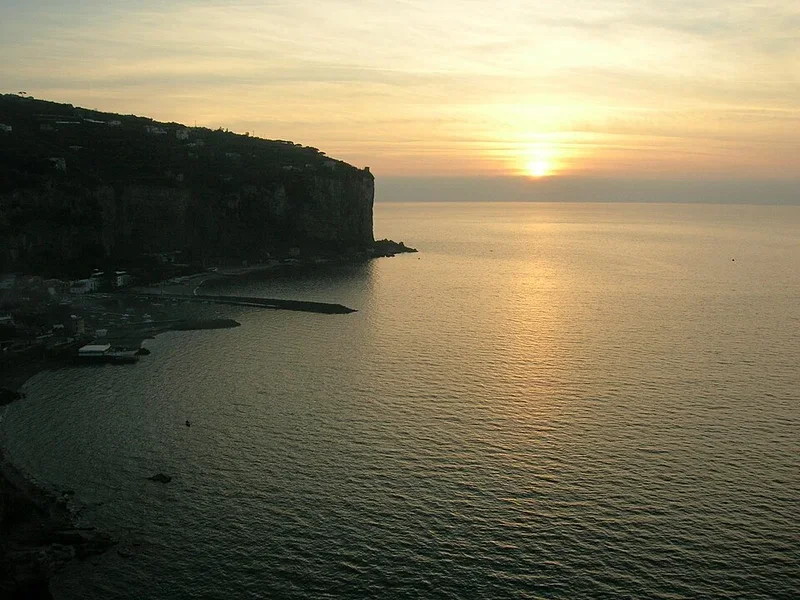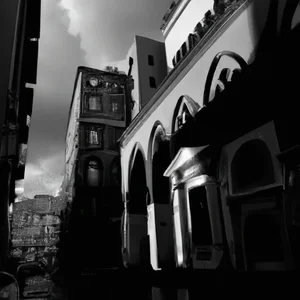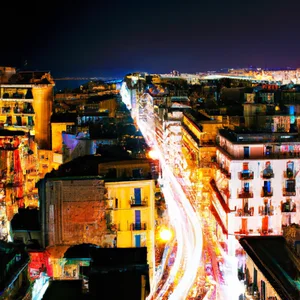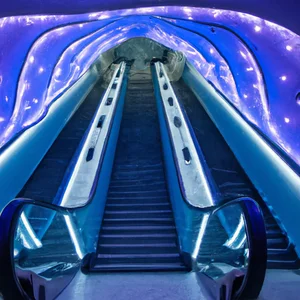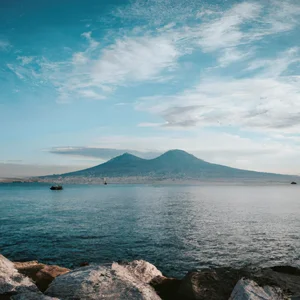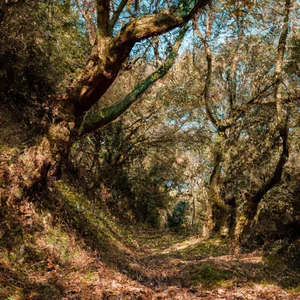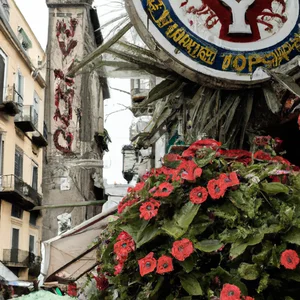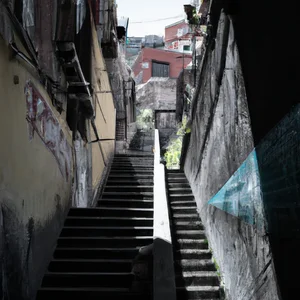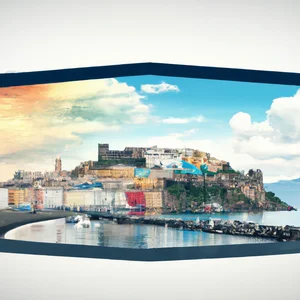Book your experience
Herculaneum
Ercolano, a jewel set in the evocative context of Campania, represents one of the unmissable destinations for those who want to immerse themselves in the history and culture of our country. Located at the foot of Vesuvius, this ancient city, buried by the catastrophic eruption of 79 AD, is today a symbol of resilience and testimony to a bygone era. In the following article, we will explore ten highlights that make Herculaneum a fascinating and attractive destination.We will start with the story of Herculaneum, a tale that is intertwined with the events of Pompeii, but which reveals unique and particular characteristics that deserve to be discovered. The archaeological excavations, in fact, have brought to light not only magnificent structures, but also precious finds that tell the story of the daily life of the ancient inhabitants. The Archaeological Museum of Herculaneum, which houses an extraordinary collection, represents another fundamental point of interest, allowing visitors to deepen their knowledge of this civilization.We cannot forget the Villa of the Papyri, a place of extraordinary beauty and historical significance, which offers a privileged glimpse into Hellenistic culture. The Church of Santa Maria del Parto, with its fascinating architecture, is another unmissable stop for those who want to understand the link between the history and spirituality of the city.But Ercolano is not just history: the local gastronomy offers typical dishes that tell the culinary traditions of Campania, while cultural events enliven the life of the city, involving residents and tourists in a lively and authentic experience. For nature lovers, outdoor activities and walks in the archaeological park represent unmissable opportunities to enjoy the breathtaking panorama of Vesuvius.Finally, we will discover how to get to Herculaneum and where to stay, guaranteeing a complete and unforgettable tourist experience. In conclusion, Herculaneum is a destination that knows how to fascinate and surprise, promising a journey through history, art and flavors that is difficult to forget.
History of Herculaneum
Herculaneum, an ancient Roman city located near Naples, is famous for its destruction which occurred in 79 AD. due to the eruption of Vesuvius. Unlike Pompeii, which was buried under a thick blanket of ash, Herculaneum was enveloped by a pyroclastic flow that preserved it in an extraordinary way, preserving many details of the daily life of the inhabitants.
Origins and Development
The history of Herculaneum dates back to the Greek period, when it was known as Herculaneum. During the Roman period, the city became an important residential and commercial center, populated by nobles and wealthy patricians. Its position, overlooking the sea, made it a coveted place for holiday villas.
The Destruction and the Rediscovery
On 24 August 79 AD, the eruption of Vesuvius devastated Herculaneum and other nearby cities, burying the city under a blanket of mud and ash. For centuries, the city lay forgotten until it was rediscovered in 1709 during the construction of a well. Systematic excavations began in 1738 under the direction of Charles of Bourbon, revealing a surprisingly well-preserved city.
Daily Life
The excavations have brought to light numerous remains of houses, shops and public buildings, which offer a glimpse into the daily life of the inhabitants of Herculaneum. You can observe frescoes, mosaics and everyday objects that testify to the richness and variety of the social and cultural life of the city.
World Heritage
Today, Herculaneum is part of the Archaeological Site of Pompeii, Herculaneum and Torre Annunziata, declared a World Heritage Site by UNESCO in 1997. Its historical and cultural importance continues to be studied and valorised, attracting visitors from all over the world.
Archaeological excavations of Herculaneum
The archaeological excavations of Herculaneum represent one of the most significant archaeological sites of antiquity, thanks to their extraordinary conservation and the historical importance they have. Located near Vesuvius, the city of Herculaneum was buried under an imposing blanket of ash and lapilli during the eruption of 79 AD, together with Pompeii.
History of the excavations
The excavations began in 1738 by will of King Charles of Bourbon, who wished to discover and enhance the remains of this ancient city. Unlike Pompeii, Herculaneum was covered by a volcanic material which allowed better conservation of many buildings and objects. The excavations were conducted systematically, revealing a well-preserved city with streets, houses, shops and even theaters.
Characteristics of the Excavations
Herculaneum offers a wide range of archaeological structures to explore, including:
- Residential buildings: Many houses retain original frescoes and mosaics, which offer an insight into daily life at the time.
- Theatre: An ancient Roman theatre, capable of hosting up to 2,000 spectators, represents an important example of theatrical architecture.
- Termopoli: The ancient shops that served food and drinks, showing the lively commercial life of the city.
Cultural Meaning
The excavations of Herculaneum are considered to be of worldwide importance for the understanding of Roman life. The city offers a unique insight into the architecture, art and culture of the period, making it a UNESCO site since 1997.
Visits and Times
The excavations are open to the public and offer guided tours to learn more about the history and archeology of the site. It is advisable to book in advance, especially during the high tourist season, to avoid long waits.
Conclusion
The archaeological excavations of Herculaneum are not only an important tourist attraction, but also a silent witness of Romanesque history, which continues to amaze and fascinate visitors from all over the world.
The Archaeological Museum
The National Archaeological Museum of Naples is one of the most important and prestigious museums in the world regarding classical archaeology. Its collection is particularly rich in finds from Pompeii, Herculaneum and other archaeological areas of Campania.
History of the Museum
Founded in 1738 as the Portici Cabinet to collect the finds from the excavation campaigns launched by Charles of Bourbon, the museum has undergone numerous expansions and renovations. Over the years, it has acquired ever greater importance, becoming a point of reference for scholars and archeology enthusiasts.
Main Collections
The museum houses a wide range of exhibits, including:
- Frescoes and mosaics from Pompeii and Herculaneum, which offer a glimpse of daily life in antiquity.
- Classical sculptures, including works by famous artists such as Praxiteles and Phidias.
- Objects of everyday use, such as crockery, jewelery and musical instruments, which tell the story of the life of the ancient inhabitants of the region.
Section of Herculaneum
One of the most fascinating parts of the museum is the section dedicated to Herculaneum, which presents unique finds, such as the famous gladiator mosaic and various household objects, which they allowed us to better understand the social and cultural life of the people who inhabited the city before the eruption of Vesuvius in 79 AD.
Visit to the Museum
The museum is easily accessible and offers different ways of visiting, including guided tours and audio guides. It is advisable to book in advance, especially during the high tourist season, to avoid long waits.
Practical information
The National Archaeological Museum of Naples is located in the center of the city, in Via Monte di Dio. Opening hours vary depending on the season, so it’s a good idea to check the official website before planning your visit. Entrance is paid, but reductions are available for students and groups.
La Villa dei Papiri
The Villa dei Papiri is one of the most fascinating and significant archaeological sites in Herculaneum. This villa, dating back to the 1st century AD, is famous for having been one of the largest noble residences of antiquity and for its extraordinary discoveries.
History of the Villa
The Villa dei Papiri takes its name from one of the most important discoveries made during the excavations: a vast collection of papyri, which are among the oldest known manuscripts. The villa is believed to have belonged to a member of the Roman elite, most likely Lucius Calpurnius Piso, father-in-law of Julius Caesar. The villa was buried by the eruption of Vesuvius in 79 AD, thus preserving an extraordinary quantity of works of art and objects of daily life.
Architecture and Design
The villa extends over a considerable surface area and presents a refined architectural structure, with large porticoes, gardens and a panoramic view of the Gulf of Naples. Archaeologists have discovered several rooms, including a library, which testify to the cultural and intellectual importance of the residence. The villa features vibrant frescoes and marble statues that reflect the beauty and richness of aristocratic life at the time.
Findings and Papyrus Collection
The papyri found in the villa are of particular importance, as they contain philosophical and literary works, including the works of philosophers such as Epicurus. These texts, although damaged by the eruption, have been the subject of in-depth study and continue to provide valuable information on the philosophy and culture of the time. The conservation and study of these papyri are one of the greatest challenges for archaeologists and restorers.
Visit to the Villa
Today, the Villa dei Papiri can be partially visited and represents an unmissable stop for anyone who wants to better understand the life and culture of ancient Rome. The excavations and the remains of the villa are managed by the Archaeological Park of Herculaneum, which offers guided tours and educational activities to delve deeper into the history of this extraordinary site.
Cultural Importance
The Villa dei Papiri is not only an important testimony of Roman architecture, but also a symbol of the rich cultural heritage of Herculaneum. Its discovery helped renew interest in ancient history and led to a greater understanding of intellectual and cultural relationships in the Roman world.
The Church of Santa Maria del Parto
The Church of Santa Maria del Parto is one of the most significant places of worship in Ercolano, located in a panoramic position that offers a breathtaking view of the Gulf of Naples. This church is not only an important religious site, but also a treasure of art and history.
History
The church dates back to the 17th century and was built to honor the Virgin Mary, particularly in her aspect as Madonna del Parto. Its foundation is linked to significant historical events and reflects the devotion of the local community.
Architecture
The church has a baroque architectural style, with a decorated façade and an interior full of frescoes and works of art. The high altar is particularly notable and represents an extraordinary example of the sacred art of the period.
Works of Art
Inside the church you can admire various works of art, including paintings by local artists and sculptures that testify to the rich artistic tradition of the area. Among the most significant works there is a fresco representing the Madonna and Child, which attracts visitors and pilgrims.
Events and Celebrations
The Church of Santa Maria del Parto is also a center of religious and cultural activities. During the year, various celebrations and holidays take place which attract a large influx of faithful and tourists. The feast of the Madonna del Parto, in particular, is a moment of great participation and offers an opportunity to immerse yourself in local culture.
Visit to the Church
The church is open to visitors and offers the possibility of taking part in guided tours. It is a place of peace and spirituality, ideal for those who wish to take refuge in an atmosphere of meditation and contemplation. Its panoramic position also makes it a perfect place to take unforgettable photographs.
In conclusion, the Church of Santa Maria del Parto represents an important cultural and religious heritage for Ercolano and is worth a visit during a stay in the city.
Local Gastronomy of Ercolano
The gastronomy of Ercolano is a reflection of the culinary tradition of Campania, characterized by fresh ingredients and authentic flavours. The city, located at the foot of Vesuvius, offers a variety of typical dishes that combine the richness of its history with the abundance of its local products.
Typical dishes
Among the most representative dishes of Herculaneum we find:
- Neapolitan Pizza: Considered one of the best in the world, Ercolano pizza is prepared with fresh ingredients and naturally leavened, with a thin and crunchy base.
- Gnocchi alla Sorrentina: A simple but rich dish, made of potato gnocchi seasoned with tomato sauce and mozzarella, baked au gratin.
- Fried Fish: A mix of fresh local fish, breaded and fried, served with lemon and tartar sauce, is a must for fish lovers.
- Pastiera Napoletana: A traditional dessert, usually prepared during Easter, based on wheat, ricotta, eggs and flavorings such as orange blossom water.
Typical Products
In addition to the dishes, Ercolano is famous for some typical products:
- Piennolo cherry tomatoes: These tomatoes are grown on the slopes of Vesuvius and are known for their sweet and intense flavour.
- Vesuvian Wines: The surrounding area produces quality wines, including the famous Lacryma Christi, a red and white wine appreciated nationally and internationally.
Restaurants and Taverns
Herculaneum offers a wide choice of restaurants and trattorias where you can taste typical dishes. Some of the most recommended include:
- Trattoria da Nennella: Famous for its home cooking and traditional Neapolitan dishes.
- Pizzeria da Michele: Renowned for its Neapolitan pizza, it is an unmissable place for lovers of good food.
Local Markets
Don’t miss the opportunity to visit the local markets, where you can buy fresh products and local specialities. The Ercolano Market is a lively place where you can find fruit, vegetables, fish and artisanal products.
In summary, the gastronomy of Herculaneum represents a sensorial journey through the flavors and traditions of Campania, making the visit to this historic city not only a cultural experience, but also a culinary one.
Cultural Events in Herculaneum
Herculaneum, with its rich history and archaeological heritage, hosts a variety of cultural events throughout the year. These events aim to enhance local culture and promote knowledge of the archaeological site and the city’s traditions.
Holidays and Festivals
Among the most significant events, there are the patron saint celebrations dedicated to Saint John the Baptist, which are celebrated in June. During these celebrations, the city comes alive with processions, concerts and fireworks displays, attracting visitors from all over the region.
Museum Events
The National Archaeological Museum of Herculaneum regularly organizes temporary exhibitions and conferences that explore themes related to history and archaeology. These events are often accompanied by workshops and educational activities for schools and families.
Special Guided Tours
During the course of the year, special events are planned such as night visits to the excavations, which offer a unique experience to explore the site in a different atmosphere. The visits are guided by expert archaeologists who tell the story of Herculaneum in an engaging way.
Cultural Reviews
Herculaneum also hosts cultural events and festivals dedicated to art, music and theatre. These events often take place in historic places in the city, creating a union between contemporary culture and historical heritage.
Activities for young people
To involve the new generations, artistic activities and creative workshops are organized which address themes linked to local history and culture. These events are designed to stimulate young people’s interest in the cultural heritage of Herculaneum.
In summary, cultural events in Herculaneum offer an excellent opportunity to immerse yourself in local history and traditions, making the visit even more enriching and memorable.
Outdoor Activities in Herculaneum
Herculaneum, located at the foot of Vesuvius, offers a wide range of outdoor activities that allow visitors to explore the natural and historical beauty of the region. Here are some of the main activities to consider:
Walks in the Vesuvius National Park
The Vesuvius National Park is an unmissable place for nature and hiking lovers. With well-marked paths, visitors can follow different itineraries that lead up to the volcano’s crater, offering breathtaking views of the coast and the city of Naples. It is advisable to wear appropriate shoes and bring water and snacks.
Visits to the Gardens of Villa Favorita
The Villa Favorita is a beautiful example of 18th century architecture, surrounded by well-kept gardens. Visitors can stroll among the flower beds and enjoy the tranquility of the park, perfect for a picnic or simply relaxing in the shade of the trees.
Sports Activities
Herculaneum also offers opportunities for sporting activities, such as cycling and trekking. Several local companies offer bicycle rental to travel along the scenic roads that run alongside Vesuvius and the coast. Furthermore, there are trekking routes that wind through the surrounding hills, ideal for adventure enthusiasts.
Visits to the Lido and Beaches
During the summer months, the beaches in the area, such as the Lido di Ercolano, become a meeting point for residents and tourists. Here you can relax in the sun, swim in the sea or practice water sports such as kayak and paddleboarding.
Outdoor Food and Wine Tours
For those who wish to combine gastronomy with the outdoors, food and wine tours are available which include visits to local vineyards and farms. These tours offer the opportunity to taste the typical products of the region, such as the San Marzano tomato and the wines of Vesuvius, all immersed in the splendid local nature.
In summary, Herculaneum is not only history and culture, but also an ideal place for those seeking outdoor activities that combine nature, sport and gastronomy, making each visit a unique and memorable experience .
How to get to Herculaneum
By Car
If you travel by car, you can easily reach Ercolano via the A3 Naples-Salerno motorway. Exiting at the Ercolano toll booth, follow the signs for the city centre. The route is well signposted and will take you directly to the area of the excavations and the main attractions.
By train
Ercolano is well connected by the railway network. You can take a train from Naples Central Station in the direction of Pompei or Sorrento. Get off at the Ercolano Scavi stop, which is located a few steps from the archaeological excavations. Trains are frequent, making this a convenient way to visit the city.
By subway
The Line 2 of the Naples metro connects the city to Herculaneum. Get off at the Ercolano stop and continue on foot towards the centre. This is a quick and convenient way to get there, avoiding road traffic.
By Bus
Several bus lines connect Naples to Herculaneum. The most common lines leave from the Central Station or from Piazza Garibaldi. Check timetables and stops to plan your trip efficiently.
Parking
If you decide to arrive by car, there are several parking options available near the excavations and the centre. It is advisable to use paid parking lots to ensure the safety of your vehicle.
Useful Tips
During high season, it is advisable to plan your trip in advance and consider purchasing train and public transport tickets in advance to avoid long waits. Furthermore, always check the opening hours of the excavations and attractions, as they can vary during the year.
Where to sleep in Herculaneum
Accommodation Options
Ercolano offers a variety of accommodation options, suitable for different needs and budgets. From boutique hotels to apartment rentals, there’s something for every type of traveler.
Hotel
Among the best-known hotels, Hotel Villa Ercolano is a popular choice for its central location and high-quality services. Guests can enjoy comfortable rooms and a panoramic view of the Gulf of Naples.
Another option is La Medusa Hotel & Suites, which offers elegant rooms and a gourmet restaurant, ideal for those looking for a luxurious stay.
Bed and Breakfast
For a more intimate experience, local bed and breakfasts such as Il Giardino di Villa Anna offer a welcoming atmosphere and the chance to interact with residents. This B&B is known for its homemade breakfast and peaceful garden.
Apartments and Holiday Homes
If you prefer a more independent stay, consider renting an apartment or a holiday home through platforms such as Airbnb. There are numerous options available in the center of Herculaneum, ideal for families or groups of friends.
Hostels
For travelers on a budget, hostels like Hostel Herculaneum offer shared accommodation at affordable prices, without compromising on cleanliness and comfort.
Useful Tips
It is advisable to book in advance, especially during the high tourist season, to ensure you find the best deals. Always check online reviews to get an idea of the quality of service and experiences of previous guests.
Strategic Position
Most of the accommodation facilities in Herculaneum are located close to the archaeological excavations and public transport, making it easy to access the main places of interest in the city and surrounding areas.

